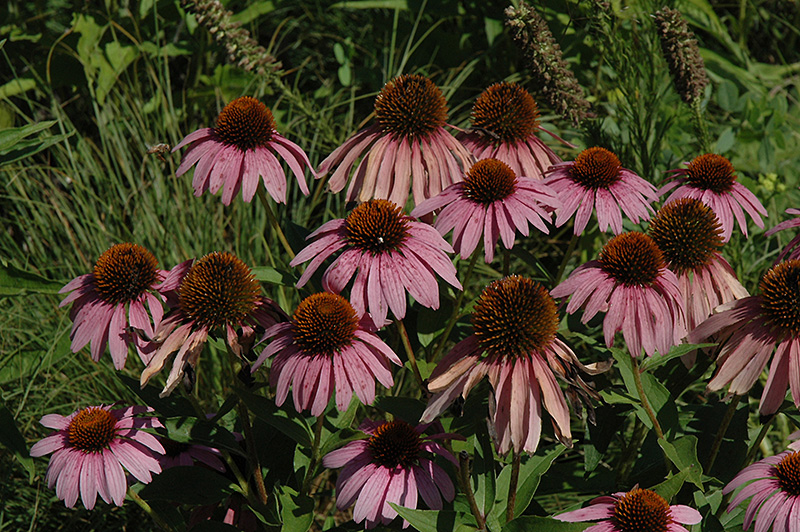


# Echinacea sanguinea- sanguine purple coneflowerĬomments: The roots are often used in herbal medicine to treat cold and flu.Įchinacea purpurea became very popular in general cultivation in the 1980s and 1990s after Echinacea purpurea 'Magnus' was awarded the 1998 Perennial Plant of the Year award. # Echinacea simulata - wavy-leaf purple coneflower # Echinacea laevigata - smooth purple coneflower # Echinacea atrorubens - Topeka purple coneflower # Echinacea tennesseensis - Tennessee coneflower # Echinacea pallida - pale purple coneflower # Echinacea angustifolia- narrow-leaf coneflower Other Species: There are nine species in the genus:. Fungal issues can usually be avoided by ensuring plenty of airflow around the plants. Some cultivars can be susceptible to powdery mildew or Botrytis but are not fatal. Maintenance: Dead head regularly to encourage prolonged flowering.Įchinacea can be propagated by seed or division in autumn, however its is important to remember that hybrid cultivars will rarely reproduce consistently from seed.ĭiseases: Root borers, aphids and cutworms can be an occasional bother. Plants: 24-54' (60-137 cm) tall and 18-24' (45-60 cm) around, with stems that are usually bristly or hairy. The name is derived from the Greek word echinos (), meaning hedgehog, because the central disk flower has the spiny look of a hedgehog. They are drought tolerant but perform best when watered once a week when flowering. Purple cornflower is native to eastern North America. Many cultivars are available for varied sizes and colors. It may grow 3 to 4 feet tall and produce pinkish-purple flowers that mature in early summer through mid-fall. Try to avoid waterlogging, especially in winter - a raised bed is best. Purple Coneflower is an herbaceous perennial in the Asteraceae (daisy) family that is native to central and eastern USA.
#Echinacea purpurea purple coneflower leaves full
It likes full sun, plenty of warmth and can tolerate humidity. Soil: A humus rich soil with good drainage and reliable moisture are best but they will grow in just about anything including poor soils. The roots of this plant are edible and are often used in herbal medicine. It has an upright habit with dark green basal leaves and red/green stems. It has also been used historically in North America by indigenous people as a medicinal herb. This popular plant has been used in perennial gardens for over 200 years and is widely known. The pinkish petals have a delightful way of bending back towards the stem, making the flowers look like they're stretching towards the sky. Plant: Coneflower Echinacea purpurea Weisser Schwan - perennial, alternate leaves, ovate, leaf margin incised, type of inflorescence - anthodium, solitaire. Echinacea, commonly known as purple coneflower, is an herbaceous perennial plant with four species and six varieties all indigenous to North America. Echinacea purpurea or the Purple coneflower is an attractive perennial that bears lovely daisy-like flowers that are rosy-purple with raised, cone-like centres that are orange brown.


 0 kommentar(er)
0 kommentar(er)
